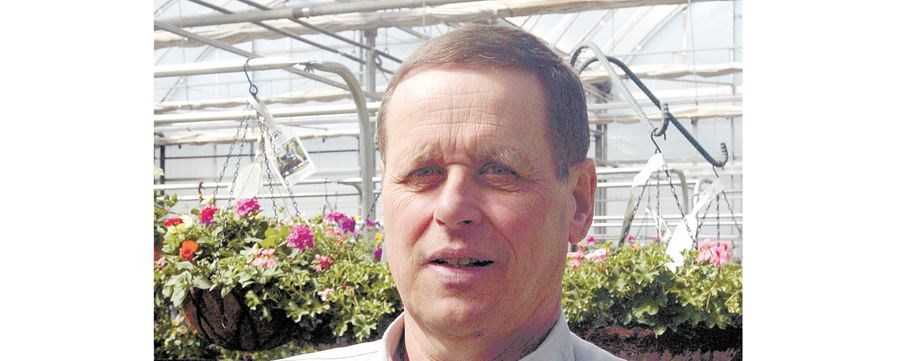Growing tropical plants indoors is a great way to bring a little of the outdoors into your home or work space.
Adding some living colour can certainly help with our long winters. Caring for houseplants is not difficult, if you follow the plants' growing requirements. They need enough light, (not every plant has the same light requirements), sufficient moisture and nutrition.
During the spring and summer months when houseplants are actively growing they will need more nutrition and water. They should be fertilized monthly with an all-purpose plant fertilizer such as 20-20-20.
Over the fall and winter months, plants will go semi-dormant and will require less water and fertilizer. There are more plants killed by over-watering than under-watering. Give plants a thorough watering when the top of the soil feels dry to the touch. Use room temperature water and discard any excess water in the tray after 20 to 30 minutes so that the plant's roots are not sitting in water, which can cause them to rot and eventually kill the plant.
The fertilizing schedule should be cut back to every eight to 10 weeks with an all-purpose 20-20-20. Houseplants may also need extra humidity over the winter months as the air in many homes can become dry. Keep plants away from fireplaces, heaters, vents and drafts.
Grouping plants together can raise the humidity level, as well as placing plants on a humidity tray. A humidity tray is simple to make. You need a tray or saucer that is wider than the container holding the plant. Fill the tray with enough small rocks, stones or decorative stones so that they are level with the rim of the saucer. Once the rocks are in the tray, add enough water to the tray so that the water level is slightly below the top surface of the rocks, then place the plant on top of the tray. It is important that the water level is below the surface of the rock as you don't want the plant's roots to sit in water. As the water evaporates from the humidity tray, it will rise and surround the plant, creating a mini climate of humidity.
There are areas in the home such as bathrooms and kitchens where the humidity is higher because of water being used, and these areas are ideal for high-humidity plants such as ferns.
Sufficient light is an important factor in growing and maintaining a healthy houseplant. Over the winter months this can become more challenging due to fewer hours of daylight. Place plants near windows or light sources and turn them every few days so they receive even light. Plants grow towards light, so if they are not turned regularly, they will grow spindly and uneven.
If you kept your poinsettia from last year, this is the time of year to start placing it in a dark area for 14 hours each night and giving it six to eight hours of bright sunlight each day. After eight to 10 weeks the plant will form colourful bracts, just in time for the Christmas season.



